Product Management News
Medium
211

The Invisible Habit Loops That Make Great Products Stick
- Habits that stick are aligned with your self-image ('I am a healthy person'), shaping behavior and identity.
- Results follow identity, emphasizing how products that create habits have lasting impact.
- Products that stay with users create invisible habit loops shaping behavior and identity over time.
- Instagram and e-commerce platforms use habit loops to influence users' digital identities and behaviors.
- Instagram guides users to build digital identities subtly through usernames, following, and posting.
- E-commerce platforms like Blinkit reinforce identity through convenience, speed, and status symbols.
- The habit loops in products like Blinkit train users to expect instant results and reinforce feelings of control.
- Great products go beyond functionality to shape user identities and behaviors through habit loops.
- Products like Instagram and Blinkit create emotional ties, turning behaviors into rituals and expectations.
- The strongest products aren't just about features; they shape users quietly and forever.
Read Full Article
12 Likes
Medium
216
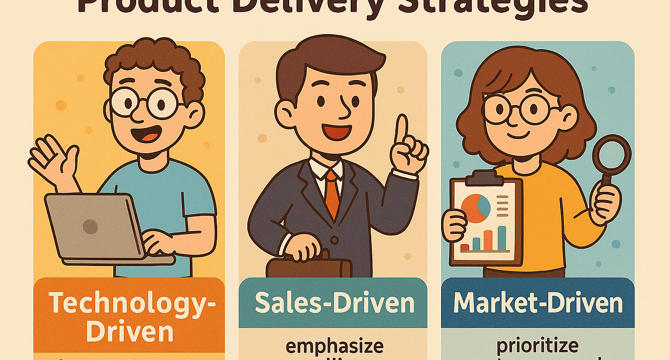
Image Credit: Medium
Understanding the Pitch: A Primer on Product Delivery Strategies
- Product delivery strategies are crucial for understanding how companies operate and build products.
- Product delivery involves building and releasing high-quality tech solutions efficiently to provide value to users.
- Delivery strategies impact all stages of the product lifecycle from requirements gathering to design.
- The three main product delivery strategies are technology-driven, sales-driven, and market-driven.
- Technology-driven strategies prioritize building technologically advanced products, focusing less on customer needs.
- Sales-driven strategies involve customizing products based on individual customer requirements, potentially leading to scalability issues.
- Market-driven strategies rely on market feedback to build products for a broader audience, aiming for sustainable differentiation.
- Examples like Google showcase the success and challenges of technology-driven approaches.
- Salesforce and Oracle evolved from sales-driven strategies to scalable platforms, while Siebel faced challenges from excessive customization.
- Netflix's market-driven approach enabled it to adapt and lead trends, whereas Yahoo struggled with a patchwork of products.
Read Full Article
12 Likes
Medium
15
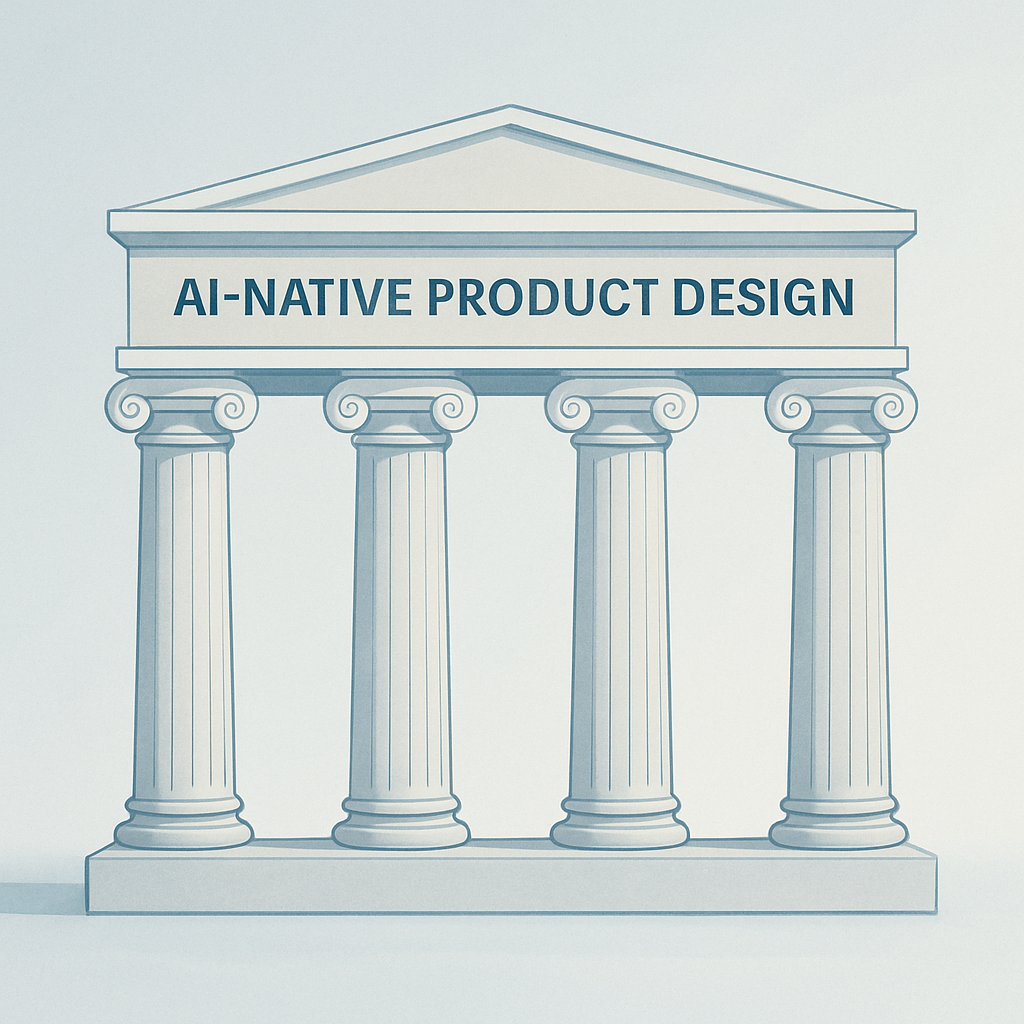
Image Credit: Medium
The four pillars of product development in an AI era
- Karpathy suggests that LLMs will be the operating systems of the future, akin to current OS choices like Mac, Windows, and Linux.
- AI-native apps need to support multiple LLMs to cater to users' preferences.
- AI apps should offer a fast feedback loop to users, enabling quick usage and enhancing confidence in results.
- Giving users varying levels of autonomy is crucial in AI-native apps, allowing users to choose the level based on the task at hand.
- Users should have the option to select different autonomy levels, similar to choosing the scope of changes in using a cursor.
- For instance, users can opt for a quicker but more effort-demanding search method or select a longer, more thorough 'Deep Research' option for enhanced output.
Read Full Article
Like
Age-Of-Product
211

Ethical AI for Product Owners & Product Managers
- Product Owners and Product Managers face the challenge of balancing AI's potential with risks.
- Implementing guardrails such as data privacy, human value, output validation, and transparent attribution.
- Transforms them into ethical AI leaders, combining AI with human judgment effectively.
Read Full Article
12 Likes
Discover more
- Programming News
- Software News
- Web Design
- Devops News
- Open Source News
- Databases
- Cloud News
- Operating Systems News
- Agile Methodology News
- Computer Engineering
- Startup News
- Cryptocurrency News
- Technology News
- Blockchain News
- Data Science News
- AR News
- Apple News
- Cyber Security News
- Leadership News
- Gaming News
- Automobiles News
Medium
83

Image Credit: Medium
The Feature Factory Strikes Back: How Output Masquerades as Progress
- The article discusses how many teams unintentionally fall back into a 'Feature Factory' mindset, focusing on output rather than meaningful impact.
- Teams may track deliverables with deadlines but struggle to measure real outcomes that drive value for customers and the business.
- The 'Feature Factory' phenomenon is described as a return to old habits driven by wrong incentives, fuzzy success definitions, and a culture valuing activity over achievement.
- The article emphasizes the importance of shifting focus towards actual impact, meaningful metrics, and continuously learning from product releases.
- It suggests reframing success metrics around customer value, testing ideas, and interpreting insights rather than just focusing on shipping features.
- The author advocates for a shift from simply measuring output to prioritizing learning velocity as a true sign of team progress and effectiveness.
- It warns about the dangers of falling into the trap of being busy with activity but lacking real impact, which can lead to disengagement and a decrease in team morale.
- The article concludes by emphasizing the continuous practice of avoiding the 'Feature Factory' mentality by focusing on delivering meaningful value and not just shipping for the sake of it.
- The author, Paul, highlights the importance of staying curious, learning continuously, and prioritizing impact and value creation in product development.
Read Full Article
5 Likes
Lenny's Newsletter
616

Image Credit: Lenny's Newsletter
From ChatGPT to Instagram to Uber: The quiet architect behind the world’s most popular products | Peter Deng
- Peter Deng has been instrumental in leading product teams at various tech giants such as OpenAI, Instagram, Uber, Facebook, Airtable, and Oculus.
- He has contributed to building products like Facebook's News Feed, Instagram filters, Uber Reserve, ChatGPT, and more, impacting billions of users.
- Peter shares insights on hiring superstars, the significance of product, and the types of product manager archetypes.
- Key lessons include the focus on human needs over tech breakthroughs, the importance of data flywheels, and the value of growth teams in product development.
- He emphasizes building teams with diverse strengths, fostering healthy tension, and prioritizing learning and new experiences over stability.
- Empathy plays a crucial role in design thinking, and understanding user pain directly is essential for creating successful products.
- In the episode, Peter discusses artificial general intelligence (AGI), language in leadership, building iconic products, and effective team management strategies.
Read Full Article
22 Likes
Medium
295

Image Credit: Medium
How I Made $500K With This ONE Affiliate Marketing Strategy!
- A successful affiliate marketing strategy that has generated over $500,000 in the last year is shared.
- The strategy involves leveraging tutorial AI affiliate marketing, focusing on creating software tutorials to attract viewers.
- This approach eliminates the need for a large following and expert content creation skills.
- Various creators have found success by utilizing this method and generating income through affiliate programs.
- The article outlines a four-step method for building a profitable tutorial AI affiliate business.
- Steps include selecting high-payout affiliate programs, creating a website, developing a content strategy, and using Pinterest for promotion.
- Guidelines on creating engaging thumbnails, titles, and using Canva for designing Pinterest pins are provided.
- The importance of providing value in blog posts to build trust with viewers and encourage affiliate link sign-ups is highlighted.
- Advice on utilizing AI tools like ChatGPT to assist in writing blog posts is also included.
- The overall strategy aims to help beginners make their first $5,000 online efficiently and effectively.
Read Full Article
17 Likes
Medium
35
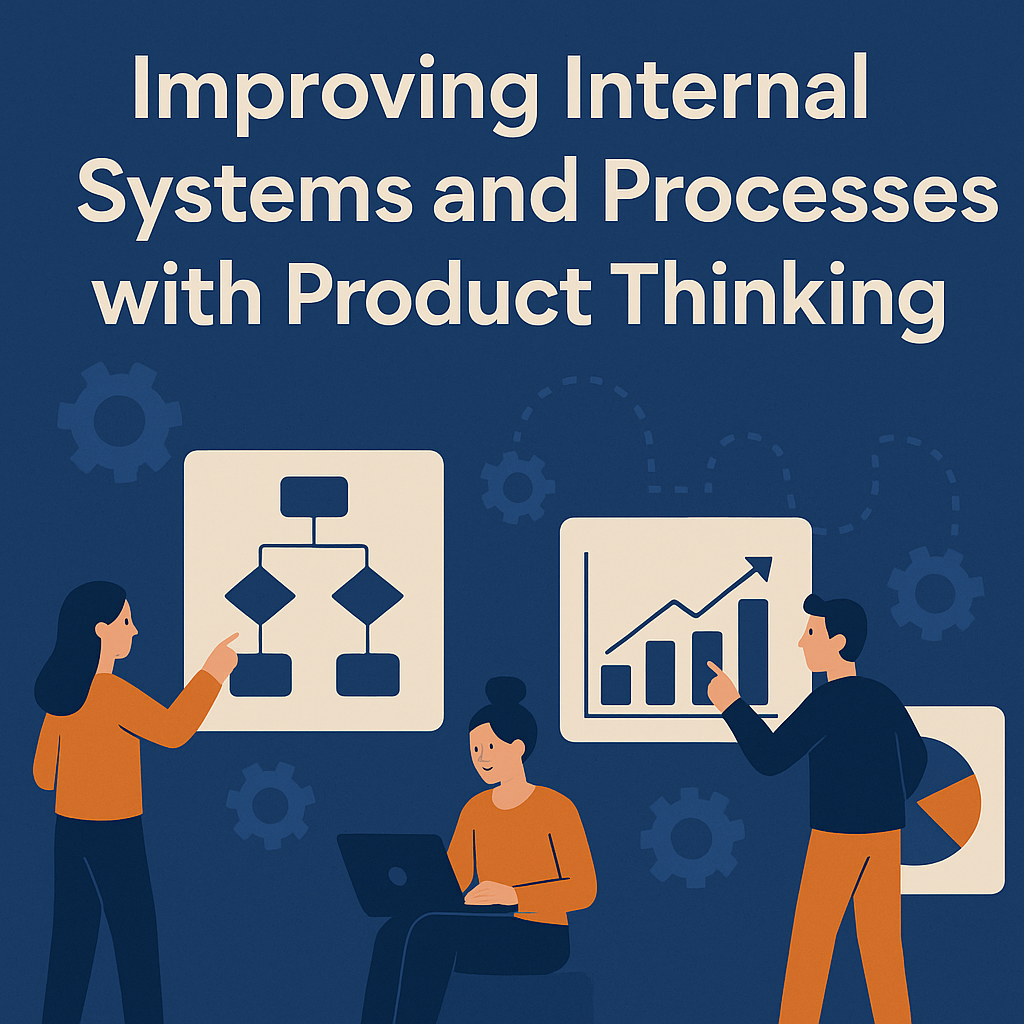
Image Credit: Medium
Transform Your Internal Systems with Product Thinking
- Many companies face challenges with inefficient internal workflows despite excelling in external product excellence.
- Applying product thinking to internal operations can lead to transformation and improved efficiency.
- Internal systems are compared to products, and internal teams are seen as 'users' in this context.
- Product thinking emphasizes value delivery through well-designed experiences, focusing on empathy and user needs.
- Steps to apply product thinking to internal workflows include mapping the user journey, prioritizing efficiently, prototyping, testing, and iterating.
- Internal user experience is crucial just like external user experience, with a focus on intuitive interfaces and minimal friction.
- Product thinking can lead to significant improvements such as streamlined onboarding processes and enhanced productivity.
- It's important to build internal tools that employees enjoy using, leading to energized teams and positive impacts on the bottom line.
- Applying product thinking internally can boost team morale and overall business results.
Read Full Article
2 Likes
Medium
387

Image Credit: Medium
What Really Breaks and Fixes SaaS Go-to-Market Teams
- The article focuses on the internal dynamics of SaaS go-to-market (GTM) teams, emphasizing psychology, trust, and cross-functional behavior.
- GTM efforts can fail due to a pattern where team members prioritize protecting their own domain over collaboration and success creation.
- A self-fulfilling prophecy occurs when a team doesn't believe it can win.
- To address this, a new mission with clear purpose and goals was introduced to the team.
- The importance of the new vertical for the company was clearly articulated, grounding the effort in data and reality.
- Stakeholders were aligned individually before meeting as a group, ensuring clarity on roles and objectives.
- Early action was taken without waiting for perfection, leading to positive traction and belief.
- Contributions from team members were publicly recognized, enhancing cohesion and trust.
- The team became cohesive through earned belief reinforced by actions, clarity, results, and trust.
- Leaders of GTM efforts are advised to ensure their teams believe in the strategy and in each other.
- Addressing team belief and trust is crucial for the success of GTM initiatives.
Read Full Article
23 Likes
Medium
110
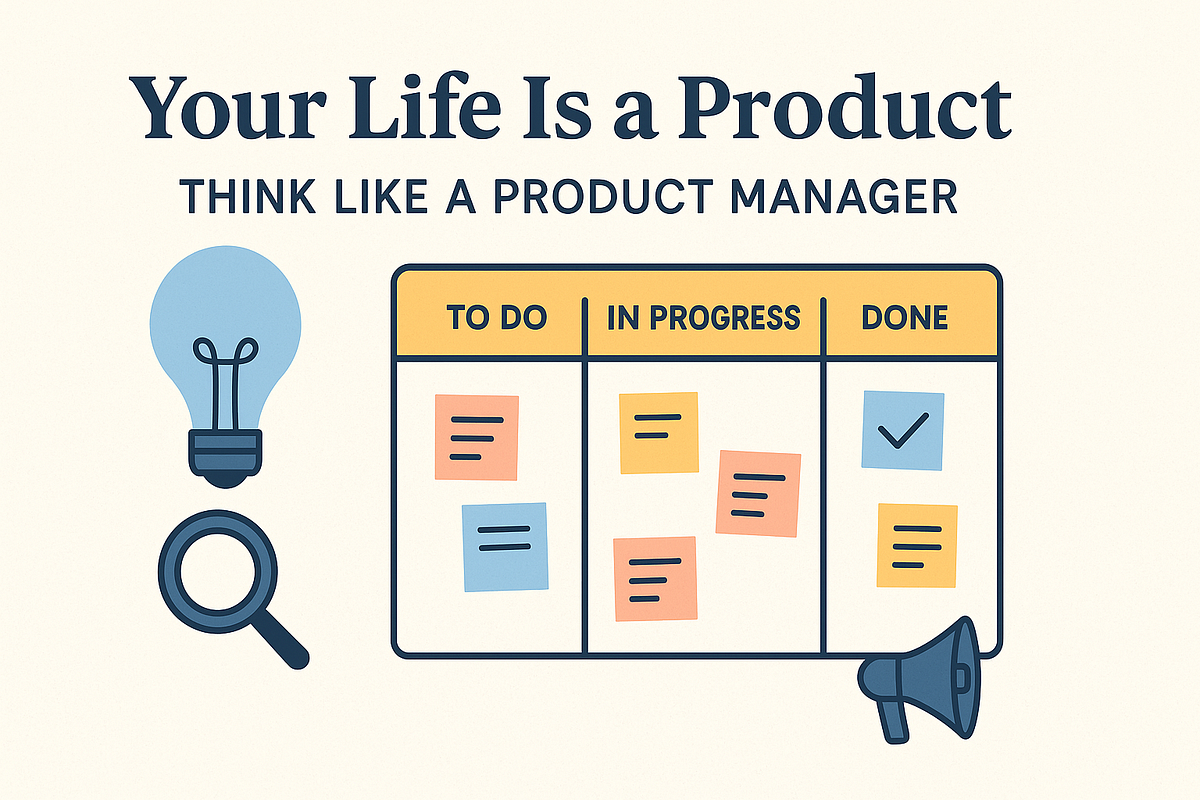
Image Credit: Medium
Roadmaps, Backlogs & Broken Coffee Machines: Product Thinking in Real Life
- Product management is about solving problems thoughtfully and strategically, not randomly.
- Product managers (PMs) ask insightful questions and define what's worth solving by digging deep.
- PMs translate chaos into clarity by gathering context and not just feature requests.
- PMs validate ideas before execution.
- A roadmap isn't just a wish list but a strategic guide that involves making tough choices.
- In personal life, prioritization and life triage play a vital role similar to PM decisions.
- Failure is seen as feedback, and the concept of Minimum Viable Product (MVP) is emphasized.
- Iteration thinking is key - starting small, testing, and learning fast.
- Product management involves a significant amount of politics and people alignment.
- Aligning people, negotiating, and translating between teams are crucial tasks for PMs.
- Embracing changing plans and shipping despite imperfections is part of being a PM.
- Life parallels product management in terms of making daily decisions and building a better self.
Read Full Article
6 Likes
Medium
206

Image Credit: Medium
My small experiment: A Slow Strategy for Real Connection
- The author discusses their approach to building connections and promoting themselves in an authentic manner.
- They emphasize building a personal brand without hype or excessive strategy.
- The author highlights the importance of connecting with like-minded individuals and avoiding ego-driven promotion.
- They mention using Reddit to engage with potential audiences based on user behavior.
- The author compares two approaches: speaking from truth and building systems for scalability.
- They focus on creating narrative threads for different audience segments and testing various angles.
- The author pays attention to metrics like views, clicks, and engagement to track progress.
- They reflect on overstepping Reddit's boundaries and the importance of adapting to platform culture.
- The author learns that execution and understanding platform nuances are crucial for successful go-to-market strategies.
- They emphasize the significance of strategy even in testing phases and the need to define separate channels for different customer segments.
- The author suggests showing up consistently with genuine engagement and tracking personal growth.
- The experiment focuses on emotional engagement rather than just metrics.
- The author emphasizes the balance between strategy and authenticity in building connections.
- Lessons learned include the impact of misreading platform context and the necessity of adapting marketing tactics.
- The article concludes with a call to define separate channels for different customer segments.
- Building connections is highlighted as an ongoing process requiring sincerity and effort.
Read Full Article
12 Likes
Medium
400
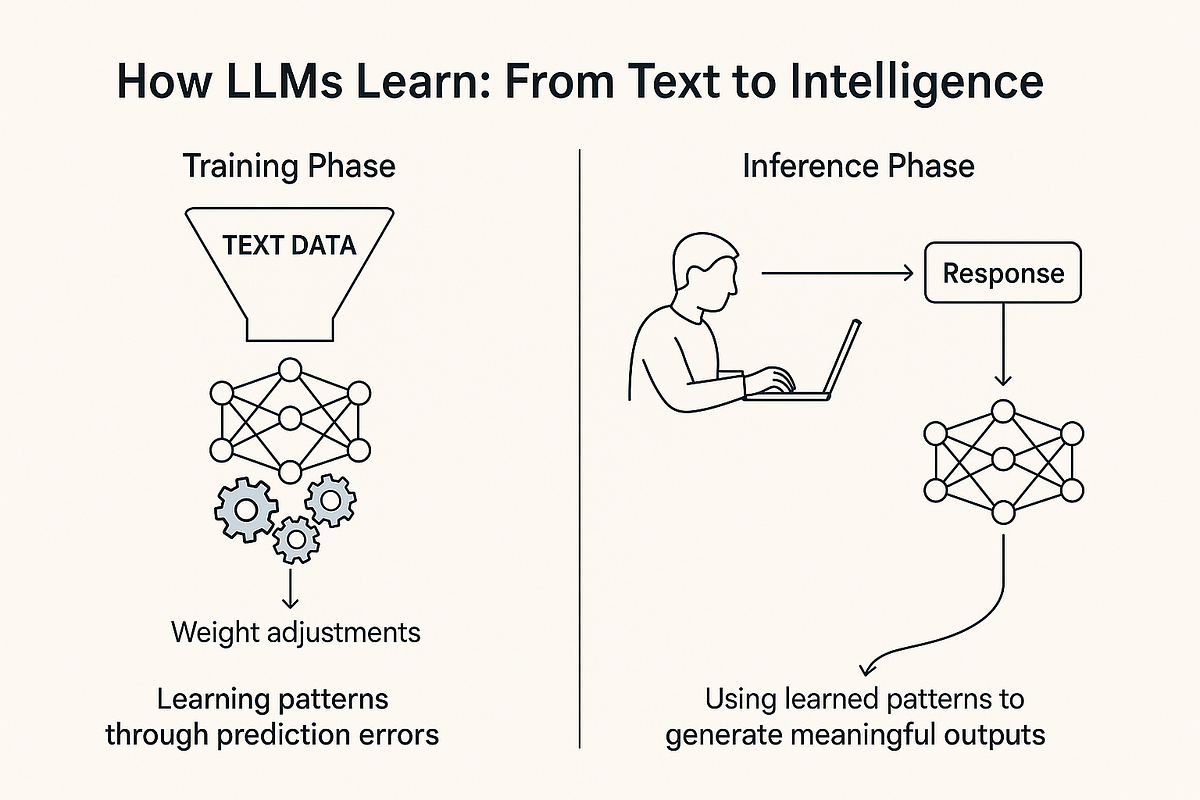
Image Credit: Medium
What the “Model” in LLM Really Means — Explained Simply
- LLM stands for Large Language Model.
- The term 'model' in LLM refers to its ability to predict the next word based on learned statistical patterns in text.
- The model is essentially a trained mathematical function, usually a neural network, that predicts likely text sequences.
- It learns patterns from massive datasets like Wikipedia, books, and articles during training.
- LLMs predict the next word based on statistical pattern recognition but do not have human-like understanding or reasoning.
- The core functionality of LLMs is to predict the next token given prior input during both training and inference.
- Emergent behaviors like summarization, translation, and reasoning are by-products of LLMs' ability to predict text in context.
- LLMs excel in detecting and generalizing patterns in language such as grammar, tone, and reasoning structures.
- The 'model' aspect of LLMs comes from learning statistical relationships between tokens through adjusting weights in neural networks.
- Despite mimicking reasoning patterns, LLMs do not comprehend text like humans; they predict based on probability.
- Text ingestion is different from learning statistical patterns, which is crucial for the model's intelligence.
Read Full Article
24 Likes
Medium
92
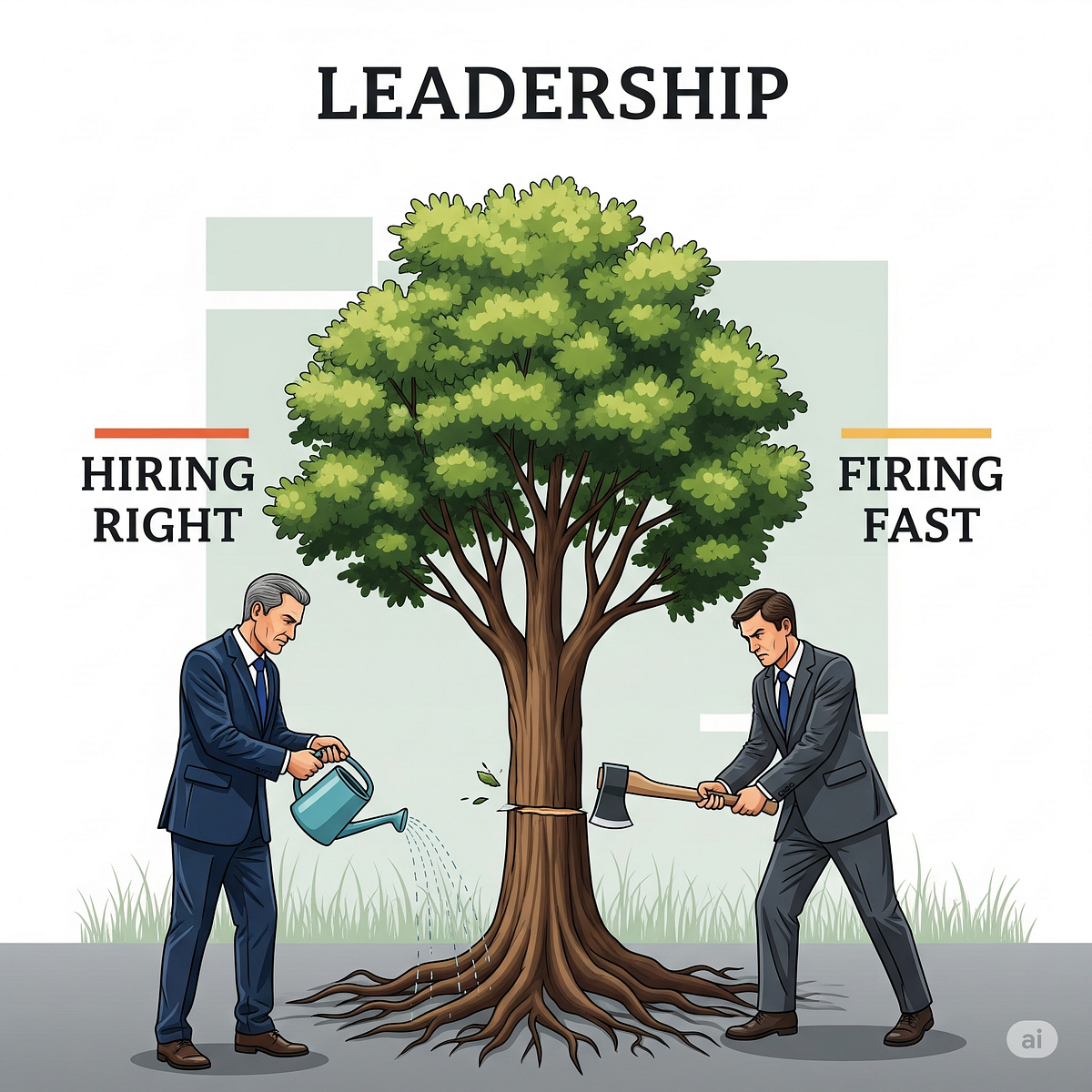
Image Credit: Medium
The Right Person. The Right Role. The Right Tool.
- The article criticizes the practice of firing employees due to poor hiring decisions instead of acknowledging the failure in leadership and decision-making.
- It emphasizes the importance of understanding company needs and defining roles correctly during the hiring process.
- The author highlights the difference between hiring a generalist at an early stage versus a specialist during scaling.
- It stresses the significance of matching skills to the job requirements and setting clear expectations for outcomes.
- The article challenges leaders to reflect on whether they clearly defined what a new hire should be fit for.
- It points out the importance of proper preparation and understanding roles to avoid frequent layoffs.
- Effective leaders focus on learning from exits, improving role clarity, and slowing down the hiring process to find the right fit.
- The author calls out leaders who use layoffs as content for visibility and urges for responsible hiring practices.
- The article encourages leaders to prioritize finding the right person for the right role with the right tools at the right time.
- It distinguishes between real leadership based on preparation and reactive management driven by indecision.
- Leaders are advised to pause and reflect before making firing decisions to ensure accountability and proper leadership.
- Tags: #leadership #hiring #startups #management #entrepreneurship #strategy #culture #leadershipdevelopment #leadershiplessons #founderthoughts #productmanagement #founder #teambuilding #accountability
Read Full Article
5 Likes
Medium
246
Image Credit: Medium
I Built an AI-Powered Job Application Assistant — and Made Job Hunting a Bit Less Painful
- A product manager created ApplyCopilot, a Chrome Extension to assist with job applications by using AI to generate responses and autofill forms.
- The extension reads job descriptions, pulls in user profiles, and minimizes repetitive efforts during the job application process.
- ApplyCopilot offers a progress bar and structured prompts to guide the AI in generating relevant answers.
- The creator aimed to streamline job application workflows by leveraging AI to understand user backgrounds and match job post requirements.
- The extension has evolved from a small project to a comprehensive system designed to simplify job hunting.
- The emphasis is on removing repetitive tasks from the job search process to allow users to concentrate on meaningful aspects.
- The creator's experience as a product manager helped in breaking down frustrating workflows and applying that mindset to developing the extension.
- ApplyCopilot contributes to reducing the time-consuming nature of job applications and enhancing user experience by providing detailed updates on progress.
- The structured prompts help the AI in generating responses that align with users' profiles, ensuring relevance and maintaining the desired tone.
- The extension's design focuses on adapting to inconsistent environments and offering flexibility in real-world job application scenarios.
Read Full Article
14 Likes
Medium
22

Image Credit: Medium
Not a Tech Fix. Not a Process Fix. A Product Fix.
- In tech-enabled operations, the default divide between process problems and tech problems can be limiting.
- Designing processes and technology without considering each other leads to inefficiencies.
- A product fix, not just a process or tech fix, is essential for operational success.
- Poka-yoke, focusing on mistake-prevention rather than detection, is vital in operations.
- Physical and digital examples of poka-yoke interventions improve operational reliability.
- Preventing errors through thoughtful design of workflows is more effective than reactive measures.
- Comparing ops-driven, tech-led, and product approaches reveals the importance of proactive solutions.
- Designing systems that encourage correct behavior by default is key to operational efficiency.
- Mistake-proofing and nudges have distinct roles in improving reliability in different contexts.
- Product and ops leaders should focus on designing systems that enable correct actions effortlessly.
Read Full Article
1 Like
For uninterrupted reading, download the app